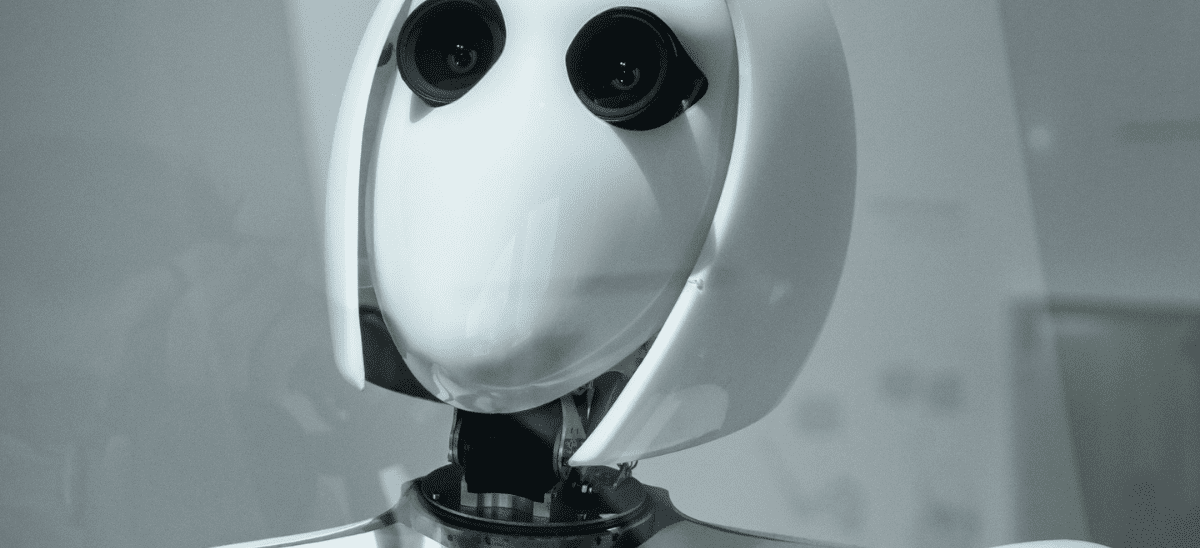The rise of no-code – what it is and why it’s the future of AI

In the past, building software applications required months and years of training to learn programming languages and frameworks. A typical software development journey would require excessive computing power, endless trial, and error, and a niche, highly skilled workforce – just to arrive at a successful outcome. But thanks to the rise of no-code software, things have changed dramatically – and soon all the technically difficult software development and endless hard toll – will come to an end.
This is something we should all be excited about as the world becomes more digitized and requires even greater diversity to develop the solutions that will shape the future of our society. The only way to achieve this diversity is to democratize access to coding – and no-code does just that.
What is no-code?
Simply put, no-code is a set of visual tools that allow people to build applications without going through the traditional app development methods. It bridges the gap in technology development by giving people with little technical knowledge or experience the ability to develop technology products.
This is done through pre-programmed actions, modules, and templates. It is a drag and drop operation that allows software development with minimal or no inputs of codes. Aside from building applications, no-code allows the developed applications or systems to interact with external services to exchange information.
No-code adoption in business had been steadily increasing over the years, but it was widely overlooked by many until the arrival of the pandemic. According to research from Zapier the no-code sector began to boom during the past two years. In the US alone, 82% of all no-code users in America started using no-code tools for the first time during the past two years.
Not only are new users continuing to flock to no-code tools, but existing users are increasing their usage. Nearly 60% of all custom apps are built outside the IT department. And by 2025, 70% of new applications developed by organizations will use no-code or low-code tools, up from less than 25% in 2020.
Like all innovations, no-code is an exciting disruption and an improvement in the software development process, especially for small businesses. Amongst its many uses, no-code has allowed people with little technical knowledge to develop applications using preset frameworks and templates, which will certainly lead to more innovations and product development in the digital town square. It also reduces the time spent on software development, enabling the faster implementation of business solutions. Aside from the time saved, computer resources and human resources can also benefit from no-code as these responsibilities are transferred to the software providers.
The reality is that no code and low code are here to stay because thousands of applications are being developed every day using this solution. By 2025, it is estimated that over 70% of software would be developed using no-code and, in some cases, low-code. We have already seen no-code solutions in several SAAS- based websites such as Shopify, WP, Thunkable, Shopify, Landbot, Paragon, etc., and more are underway across various sectors of the economy.
Why is no-code the future of AI?
No-code is also a game-changer for many technology developers and non-technical people in AI because it focuses on something that we never thought would be possible in the complex world of artificial intelligence: simplicity.
Anyone will be able to build AI applications quickly by leveraging no-code development platforms that offer a visual, code-free, and simple-to-use interface to deploy AI and machine learning models.
This will have a tremendous impact on the amount of AI applications being built – and by whom – while also drastically improving the efficiency of existing applications that are driving business performance.
How no-code will change the future of robotics and and other sectors
Through no-code AI, an innovation that really matters will be driven by people who need them most to optimize their workflow – and it will affect several sectors of the economy, particularly manufacturing, which has seen a rapid rise in AI adoption in its production and assembling process.
Stakeholders in this industry who are on the manufacturing frontline, like quality assurance engineers, control engineers, and product designers will be able to create no-code AI solutions that fit real manufacturing needs. No-code solutions will also help automate manufacturing workflows, leading to unprecedented levels of quality improvements, efficiency, and increased profitability for the business. It will reduce risks and boost the overall productivity of manufacturing companies and help bring products to the market faster – and at a lower cost.
One critical way this will be achieved is by using AI to fully optimize the use of robotics. At the moment, most robots can only do one particular task because they one particular task because they means if you have an assembly line there will be multiple robots doing different jobs – which is expensive, cluttered and complex. This is because it takes a long time to develop the software needed to get robots to do more – and it’s also difficult to create the code. Old-world software development is labor-intensive and requires highly skilled developers.
However, with the rise of no-code platforms, companies will actually be able to build AI applications quickly and use them to repurpose robots and give them the capability to perform multiple tasks efficiently and with great accuracy- instead of relying on multiple robots to do separate tasks. Companies that achieve this will be able to roll out their goods to the market faster – and more cost-effectively – and will thereby have a competitive advantage over other businesses.
Manufacturing is not the only sector that benefits greatly from enhanced robotics. Transportation will be improved with highly efficient driverless cars – while health care workers will have the advantage of robotics performing multiple tasks in the theatre room – with a precision never thought possible.
Conclusion
Without a doubt, no-code is causing disruptions in the software development space, but there are
a few issues that need to be solved to achieve the level of mass adoption that is desired by businesses and technology leaders. They include a lack of customization, scalability, and the absence of user control.
However, these challenges are being addressed head-on – which will lead to more adoptions by businesses. Until then, highly skilled developers will remain relevant in the software space for the foreseeable future – with no-code offering extra support in creating efficient applications. But this won’t last long. No-code is gaining momentum and there’s no going back to the old world of coding. It’s here to stay and the future looks brighter as a result – and that’s something worth celebrating.
As the world becomes more digitized it will require greater diversity to develop the solutions that improve the future of our society. The only way to achieve this goal is by democratizing access to coding – and no-code does just that.
By: Shawn Tan, CEO of Skymind
